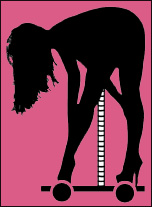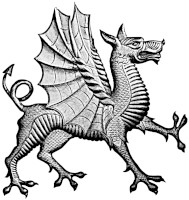For maximum mobility work, which I like to place at the end of a session, we [Erique & I] have chosen to use the heaviest longer sticks to finish our training sessions.
Why?
To end a session in “YoYo” mode, going from extreme hand weapon range to shoulder-to-shoulder binds, which is the type of ranging required of most survival encounters, where you either need to close or separate or both.
To pick up the heavy sticks after a high level of control has been honed by light sparring with light and moderate weight sticks.
To work the body and legs and go beyond hand failure. The heavier stick will be used like a war club for looping, slashing and fluid wrist breaking redondos.
With a 31 inch stick, try using it in your dominant hand without a butt, with the bottom of the stick not protruding from the bottom of your fist. When that hand gets tired pass it to a standard grip with a fist length below the bottom of the hand, which allows for free flow of passing from hand to hand so that you can work both sides and push your legs past hand failure. Try keeping these two different grips while doing double stick, with the saber-gripped stick in the dominant hand providing your long-reaching power shot, and the choked-up grip in the weak hand dedicated to defensive beats, shielding and using the butt to effect rakes and binds.
Remember to slash as often as possible and only do low commitment strokes as defensive beats or high-to-low head shots.
Move in the direction of the stroking stick as much as possible. Assist this by looping after a missed or beaten stroke and altering your stroke by vectoring along the same line.
Level-changing with the stick is not same side unless this is double stick, which is really a conditioning set and does not represent a realistic survival situation. Unlike boxing, where we level change our punches on the same side, for instance hitting the body to get that hand to drop and then going over to the ear, slash low and the high with power by attacking from one side and then recovering with a rising stroke. High low level changes are best done with the looping double stroke along the same line of motion but changing level by cutting from lateral to diagonal and perhaps taking a hand as a target after his stick beats your headshot.
Use a slow hand and the widest triangle steps you can manage.
This is the method we have developed for fighting with heavy canes, first on posts and bags and now with longer sticks of heavy girth. One soon finds out that the expansive foot work and increased engagement of the shoulder and core muscles makes this a demanding cardio round and reminds us that effectively using a heavy cane or long stick against more than one assailant is a more physical task than most who need a cane for everyday mobility will be able to pull off.
Being a Bad Man in a Worse World
Fighting Smart: Boxing, Agonistics & Survival
Twerps, Goons and Meatshields: The Basics of Full Contact Stick-Fighting
link › jameslafond.blogspot.com











